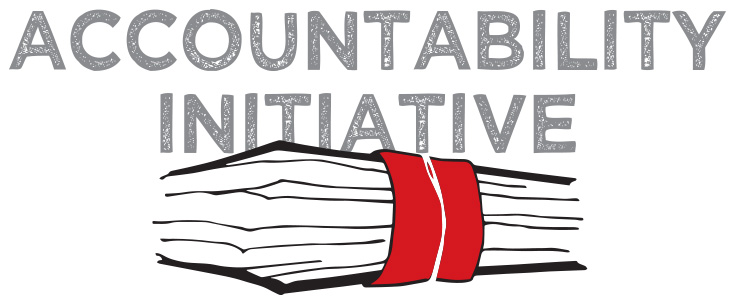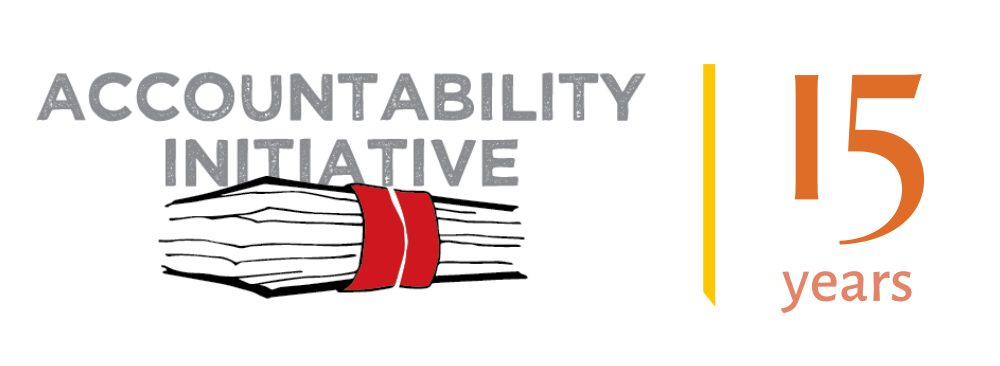
JNNURM – A Work in Progress
27 January 2010
Avani Kapur
As India completes 60 years of being a republic, one can’t help but look around at our towns and cities and wonder where we are heading. And as a resident of Delhi, the first thought that comes to my mind (maybe due to the infinite signs that plague Delhi roads in anticipation of the Commonwealth Games) is that we today are a “work in progress”. Open drains, pot holes, roads dug up, lakhs of homeless people struggling to stay warm in the extreme cold are all constant reminders that urban chaos is becoming a way of life. And as Prime Minister Manmohan Singh recently noted, “our cities and towns are not an acceptable face of a rapidly modernizing and developing economy”.
This is despite the fact that on December 3rd, Jawaharlal Nehru National Urban Renewal Mission (JNNURM), India’s comprehensive flagship programme for urban development completed four of its intended seven year tenure. This is no small amount of money –a total of Rs. 103,462 crores has been approved of which the centre has committed assistance of Rs. 55,625 crores, provided states and local bodies give their prescribed share of funds. However, the programme is running at a very slow pace, with not even a quarter of the projects completed and less than a third having got off the ground. To give a simple example, 14.59 lakh houses for the poor have been approved under the mission. However, so far only 1.80 lakh houses have been completed and another 4.38 lakh homes are under construction.
As more and more money gets pumped into the scheme (including a $1-billion loan which is currently being approved from the World Bank), serious questions need to be asked about state capacity and the ability of states to effectively utilize the money for urban development.
In particular, I would like to highlight three points that need careful attention as we move forward with JNNURM.
• First, Funds.
JNNURM works on a cost sharing model with centre, states and local bodies all having a prescribed share. Till March 2009, while states like Uttar Pradesh, Maharashtra and Tamil Nadu released over 70 percent of their share of funds, Madhya Pradesh and Punjab released just over half and Haryana only released 22 percent. Urban local bodies on their part too, have fallen behind. While Greater Mumbai and Hyderabad released over 80 percent of their funds, Chennai and Kolkata released only 24 and 18 percent respectively. Inability to release funds in time has resulted in significant delays to infrastructural projects. In Kanpur for instance, the repair work in the city, with a Rs 96.23 crore project allocated under JNNURM, is lying incomplete for the last three months due to a lack of funds. Reason: sanctioned funds from the state have already been used elsewhere.
• Second, Citizen Participation.
First principles of public accountability require that expenditures must adequately reflect citizens’ interests and priorities. Interestingly, citizen participation is embedded in the overall design of the JNNURM Mission. One mechanism is the creation of the National Technical Advisory Group, made of members of civil society. In addition, a Community Participation Fund (CPF) was also launched in September 2007 – to catalyze community participation by supporting the building of community assets. Moreover, states are mandated to enact community participation laws. However, while there is provision for about 1000 community projects under CPF, with Rs.90 crores already approved, only 21 projects have been sanctioned under this scheme for the mission cities as on May 2009, with 14 more awaiting approval. Even in terms of the enactment of the community participation law, out of the 26 states scheduled to implement it by the fourth year, only 8 have implemented it.
• And finally, Reforms.
In theory, these reforms ensure that governments at each level have the requisite autonomy, resources and power to carry out the duties assigned to them. In addition, they ensure accountability and efficiency. But in practice, these reforms have progressed very slowly. A quick look at the graph below indicates these inefficiencies. For instance, up to year 4, while 18 states had committed to implementation of the 74th constitutional Amendment Act (transfer of 12th schedule functions from states to urban local bodies), 8 states are yet to fully implement the reform. Similarly, while 29 states had committed to enact the Public Disclosure Law, only 15 states had successfully implemented the reform.
Another key objective of the JNNURM is to introduce e-governance in the municipalities to provide single-window services to the citizens, to increase efficiency and productivity of the urban local bodies (ULBs), and to provide timely and reliable management information. However, only 13 of 45 cities had enacted the reform.
In the coming years, as the quantum of money allocated for JNNURM increases, the pressure on states and local bodies to deliver will continue to increase. A careful look at the existing inefficiencies is therefore a priority – if our cities are to reflect our growth.
Avani Kapur is Researcher and Coordinator of PAISA project at Accountability Initiative.





